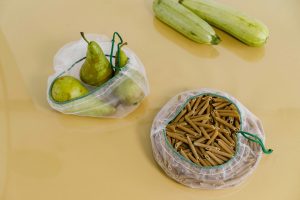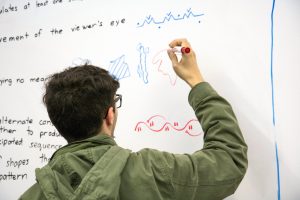Innovative Ways to Measure Teacher Effectiveness Fairly
As the education system evolves, there is an increasing demand for fair and accurate measures of teacher effectiveness. In order to ensure that students are receiving quality instruction, it is essential to have a reliable method for evaluating the performance of teachers. Traditional methods, such as standardized test scores and classroom observations, have often been criticized for being biased or limited in scope. That’s why, in recent years, there has been a growing interest in innovative ways to measure teacher effectiveness fairly. In this article, we will explore some of these emerging methods and their potential impact on the education system.
Alternative Measures of Teacher Effectiveness
Teacher Portfolios
One promising alternative to traditional methods of measuring teacher effectiveness is the use of teacher portfolios. Unlike standardized test scores, which only provide a snapshot of student performance, teacher portfolios offer a more comprehensive view of a teacher’s impact on students. These portfolios typically include evidence of student work, lesson plans, and reflections from the teacher. By analyzing these materials, administrators can gain a deeper understanding of a teacher’s instructional practices and their effectiveness in promoting student learning.
Student Surveys
Another innovative way to measure teacher effectiveness is by collecting feedback directly from students. Student survey data can provide valuable insights into a teacher’s ability to engage and motivate students, as well as their effectiveness in explaining concepts and providing feedback. By giving students a voice in the evaluation process, we can ensure that their perspectives are also considered in determining teacher effectiveness. However, it’s important to note that surveys should be carefully designed to avoid biased responses, and multiple measures should be used to avoid relying too heavily on one source of data.
Peer Observations
While classroom observations by administrators are a common method of evaluating teachers, an emerging alternative is the use of peer observations. This approach involves having a colleague or teacher from a different subject area observe and provide feedback on a teacher’s instruction. This allows for a more collaborative and supportive evaluation process, as well as a broader perspective on a teacher’s effectiveness. In addition, peer observation provides an opportunity for teachers to learn from one another and improve their instructional practices.
The Benefits and Challenges of Innovative Measures
The use of alternative measures of teacher effectiveness offers many potential benefits. By considering a wider range of data, we can gain a more comprehensive understanding of a teacher’s impact on student learning. This can also help to identify areas for improvement and provide targeted support for professional development. In addition, these innovative measures can help to reduce bias and promote fairness in the evaluation process.
However, there are also some challenges that come with implementing these measures. One of the main concerns is ensuring the validity and reliability of the data collected. It’s essential to use well-designed instruments and establish clear criteria for evaluating teachers. In addition, there may be additional costs associated with implementing these measures, such as the time and resources needed to collect and analyze data.
Conclusion
Innovative ways to measure teacher effectiveness fairly have the potential to revolutionize the evaluation process in education. By using a variety of measures, we can gain a deeper understanding of a teacher’s impact on students and provide more meaningful feedback. However, it’s crucial to carefully consider the benefits and challenges of these methods in order to develop a fair and effective evaluation system. By valuing multiple measures and promoting a culture of continuous improvement, we can ensure that our education system is providing students with the best possible instruction.










